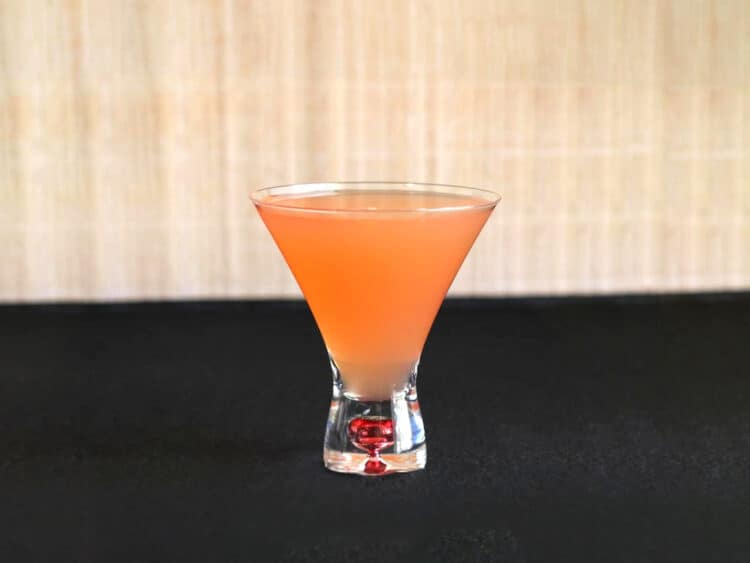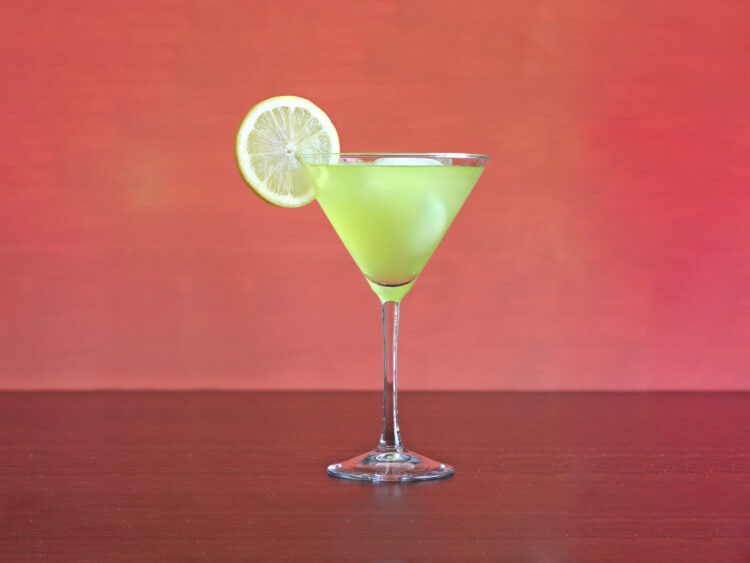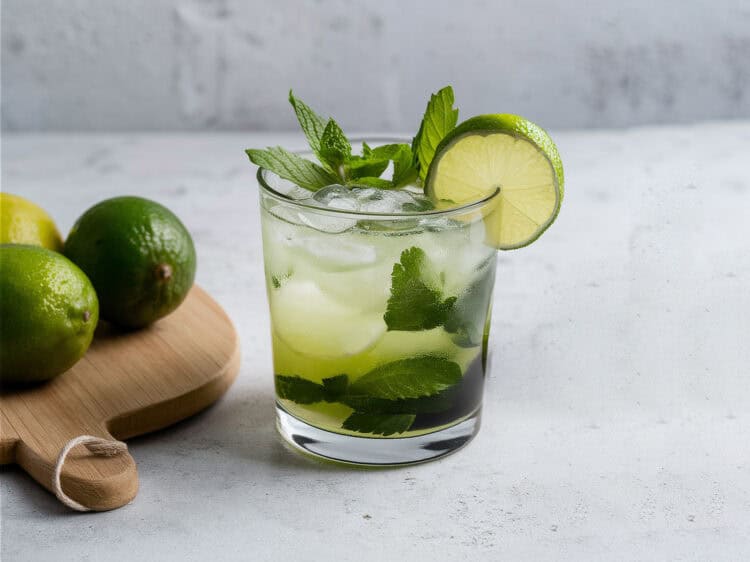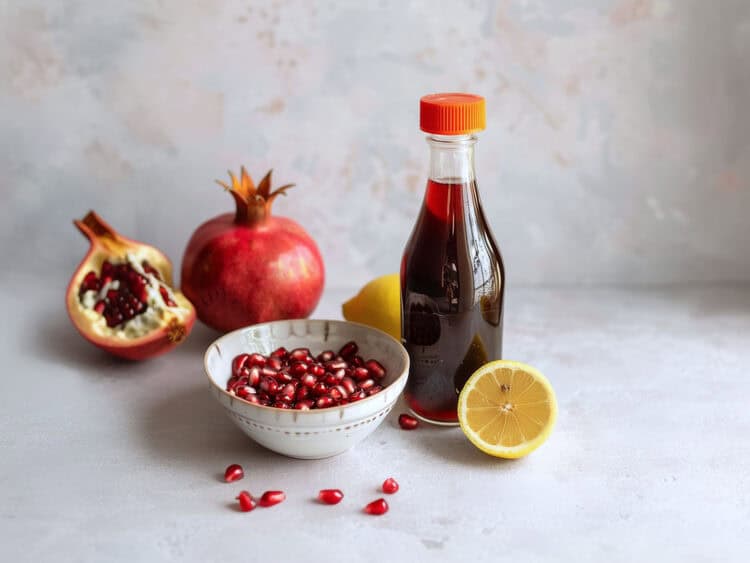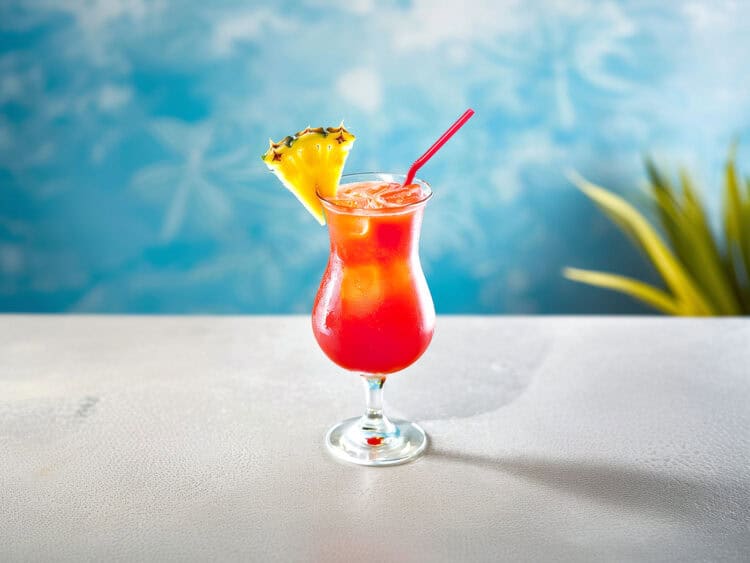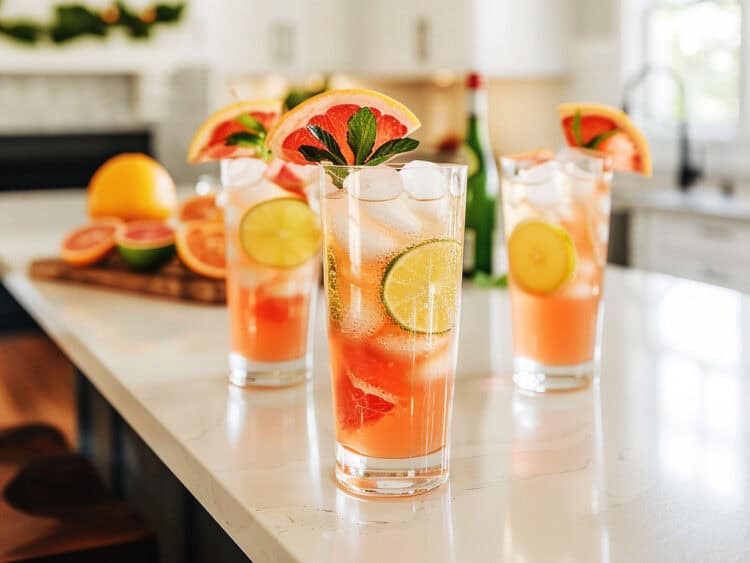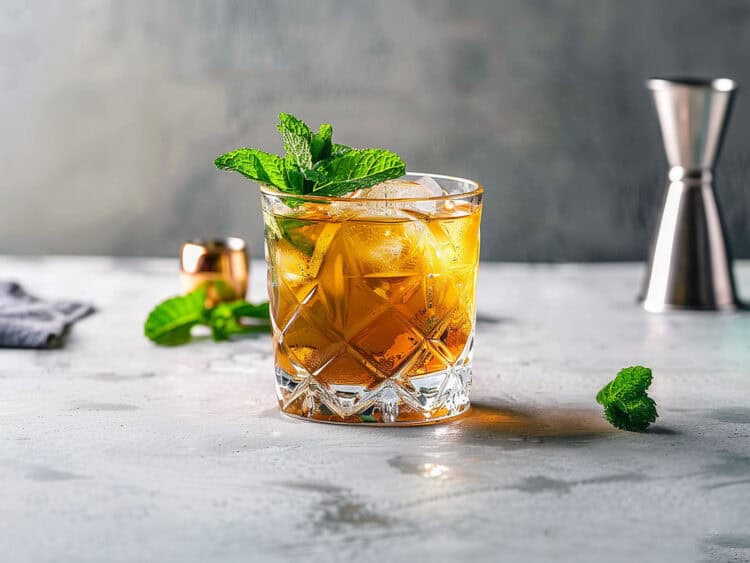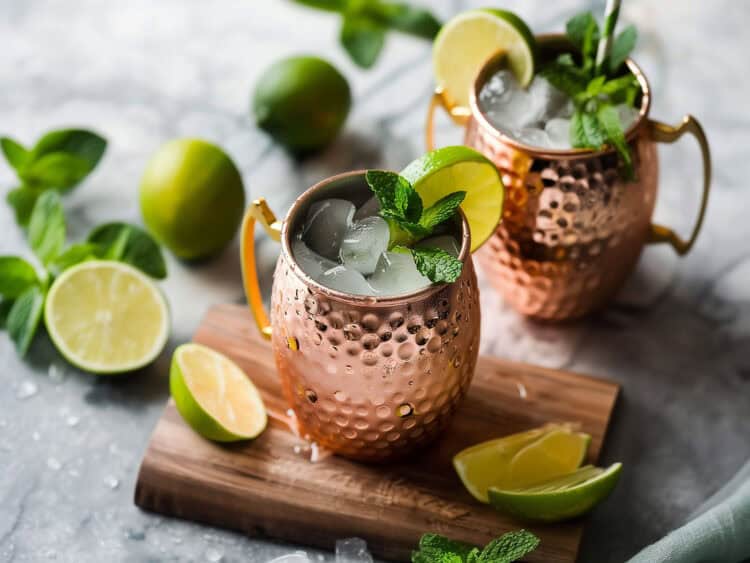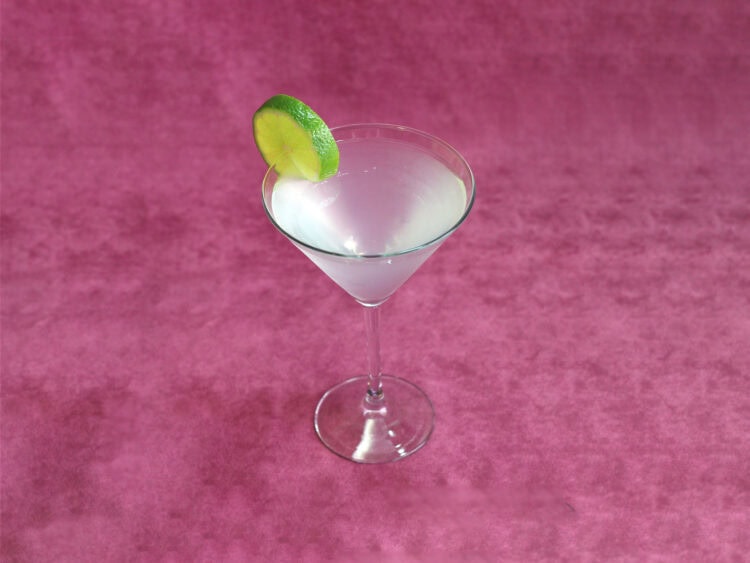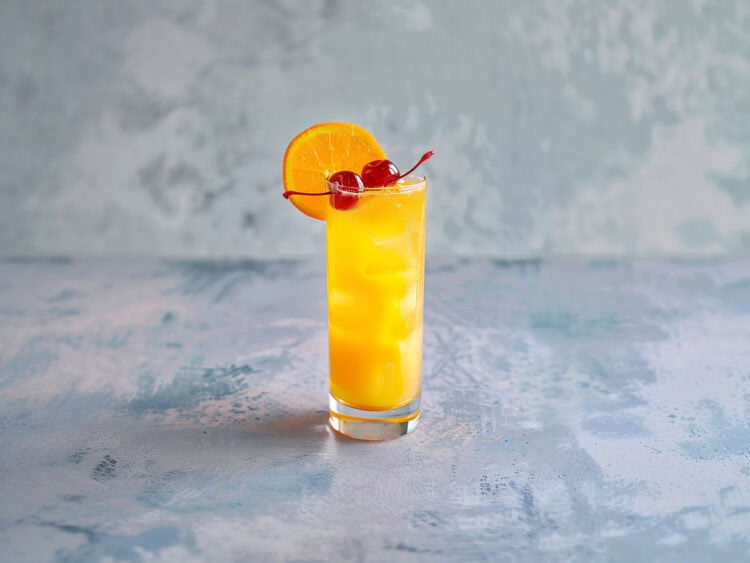Exploring the World of Whiskey: Different Types of Whiskey
Whiskey, a beloved spirit around the world, has a rich history and diverse range of flavors. We’re going to dive into the fascinating world of whiskey and explore its different types.
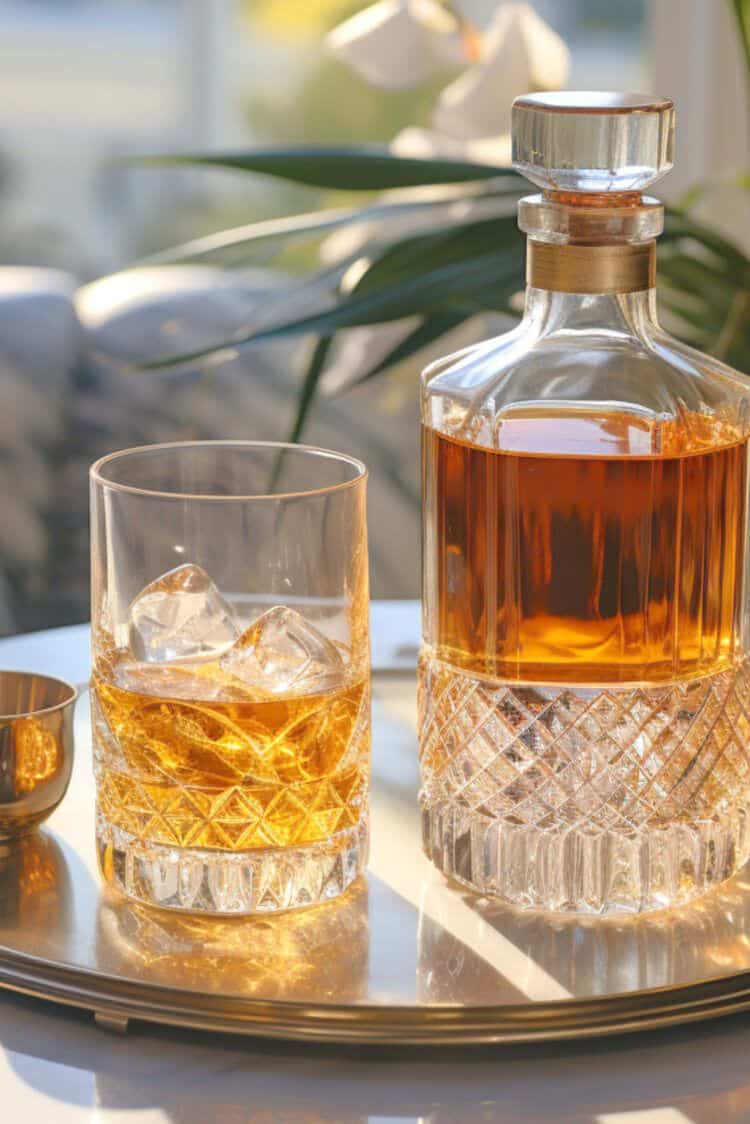
From the traditional Scotch whiskies to the bold American bourbons and everything in between, get ready for a journey through some of the finest spirits known to mankind.
Quick spelling note: because I’m in the US I’ll use “whiskey” generally and when referring to US types of whiskey, but “whisky” when talking about the spirit from any other country.
What is Whiskey?
Whiskey is a distilled alcoholic beverage made from fermented grain mash. The production process involves aging the spirit in wooden casks or barrels, which gives it its distinct flavor.
While whiskey may vary in taste depending on its origin and ingredients, one thing remains constant – its popularity among whiskey enthusiasts.
Over the years, people have created new and especially regional variations on whiskey.
Scotch Whisky
Scotch whisky, often simply called Scotch, is one of the most renowned types of whiskey worldwide. It originates from Scotland and is typically made from malted barley.
To legally be called scotch, it must have been distilled, and then aged in oak for at least three years, and bottled in Scotland. There are two main categories of Scotch whisky:
Single Malt Scotch
Single malt Scotch is produced by a single distillery using only malted barley. It offers a wide range of flavors that can be influenced by factors like region, aging process, and cask type. From smoky Islay whiskies to fruity Highland malts, there’s something for every palate.
Blended Scotch
Blended Scotch whisky is a combination of malt and grain whiskies sourced from multiple distilleries. These blends aim to create a consistent flavor profile while incorporating various characteristics from different regions or distilleries.
Lowland Scotch
Lowland Scotch whisky is a type of Scotch whisky that’s made in the Lowlands region of Scotland. This area includes the cities of Edinburgh and Glasgow, as well as many smaller towns and cities. Here are some characteristics of Lowland Scotch whisky:
- The whiskies from this region are typically known for their light, gentle character with emphasis on malty, hay-like flavors with slight notes of cinnamon and toffee.
- They are generally unpeated, meaning they do not have a smoky flavor which is often associated with other types of Scotch whisky like Islay.
- Because of their smooth and lighter nature, Lowland whiskies are often recommended for those new to Scotch or those who prefer more delicate flavors.
- Some renowned distilleries in this region include Auchentoshan, Glenkinchie and Bladnoch.
These characteristics can vary greatly between different distilleries within the region, so it’s always worth trying a few different Lowland Scotch whiskies to get a feel for the variety that’s available.
Irish Whiskey
Ireland has a long-standing tradition of producing fine whiskey with distinctive qualities that set it apart from other types. Some key features include triple distillation, smoother flavors due to low peat usage, and the use of a wide variety of grains.
It’s often preferred by people who don’t like scotch.
American Whiskey
The United States is famous for its production of whiskey, with two prominent types being bourbon and rye whiskey.
Bourbon
Bourbon is an American whiskey primarily made from corn and aged in charred oak barrels. Whiskey made with corn has a rich flavor profile that has made bourbon beloved by many.
You might have assumed bourbon came from the Bourbon region of France, as I did, but it actually originated in Louisville, Kentucky and is attributed to a couple of French immigrant brothers.
To be classified as bourbon, it must meet specific legal requirements. It must be made in the United States and having a minimum of 51% corn content.
Rye Whiskey
Rye whiskey is another popular American spirit, known for its bold and spicy character. It must be distilled from a mash containing at least 51% rye grain.
Rye whiskies often exhibit flavors like black pepper, cinnamon, and nutmeg. They can be enjoyed neat, on the rocks, or in classic cocktails like the Old Fashioned or Manhattan.
Canadian Whisky
Canadian whisky maintains a distinct identity within the whiskey world. It is often lighter in style compared to its Scottish or American counterparts and usually made from a blend of grains such as corn, barley, wheat, or rye.
Canadian whisky can offer smoothness with subtle flavors like caramel and vanilla.
Japanese Whisky
Japanese whisky has gained international acclaim in recent years for its exceptional quality and craftsmanship. Drawing inspiration from Scotch whisky production methods, Japanese distilleries have created their own unique style characterized by delicate flavors, balance, and elegance.
Other Types of Whiskey
Aside from the well-known categories mentioned above, there are several other types worth exploring:
Tennessee Whiskey
Similar to bourbon but with additional filtration through charcoal before aging, Tennessee whiskey undergoes the Lincoln County Process which imparts its distinctive character.
Corn Whiskey
Primarily produced in the United States, corn whiskey is made from a mash containing at least 80% corn. It has a sweet and grain-forward taste profile.
Malted Whisky
Malted whisky refers to whiskies made using malted grains other than barley, such as malted rye or wheat. These unique expressions can offer a delightful departure from traditional styles.
White Whiskey
White whiskey, also known as white dog or moonshine, is a type of whiskey that is typically clear and unaged. Here are some key characteristics of white whiskey:
- It’s distilled from a mixture of grains just like regular whiskey, but it doesn’t undergo the aging process which gives traditional whiskey its amber color and complex flavor.
- The lack of aging in charred oak barrels means it retains the clear color of the distillate.
- Its flavor is often described as raw or grainy, much closer to vodka than to aged whiskies.
- While some white whiskies are bottled and sold commercially, the term “moonshine” often refers to illegally produced spirits.
Commercially available white whiskies are usually used as cocktail mixers due to their neutral profile. They can also be enjoyed neat or on ice for those who prefer a more straightforward, grain-forward whiskey experience.
Exploring Whiskey Tasting
Now that we’ve covered the different types of whiskey, it’s time to delve into the art of whiskey tasting. Here are some essential steps to enhance your appreciation:
- Choose the right glassware: A tulip-shaped glass is preferred for capturing aromas.
- Observe the color: Note the hue and clarity of the whiskey.
- Take in the aroma: Swirl the whiskey gently and inhale the complex scents.
- Savor the taste: Take small sips and let it linger on your palate, noting its flavors and mouthfeel.
- Finish with an aftertaste: Pay attention to the lingering sensations and any additional flavors that emerge.
Pairing Whiskey with Food
Whiskey can be an excellent companion for various cuisines and flavors. Here are some classic pairings to try:
- Scotch whisky with smoked salmon or aged cheese.
- Bourbon with barbecued meats or dark chocolate desserts.
- Irish whiskey with seafood dishes or creamy desserts.
- Rye whiskey with spicy foods like Mexican or Indian cuisine.
Experimenting with different combinations will help you discover your own favorite pairings.
Conclusion
As we conclude our exploration of different types of whiskey, we hope you’ve gained insight into this diverse world of spirits. Remember to drink responsibly and continue exploring various brands, regions, and styles to find your perfect dram. Whether you prefer a peaty Scotch, a smooth bourbon, or an elegant Japanese whisky, there’s a whiskey out there to suit every taste and occasion. Cheers!
Last Updated:

